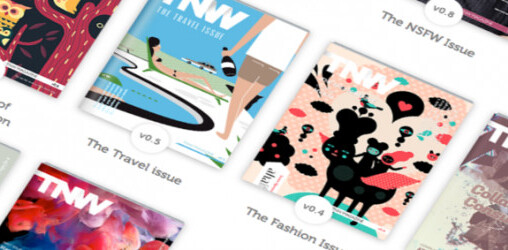
Want to see all the artciles? Download the magazine to enjoy all the rich content it has to offer!
Long before today’s technology existed, the African drum was perhaps the most powerful messaging technology, passing information across thousands of miles and hundreds of communities. A drum beat has so many subtleties that a solution was needed to ensure the right message was exchanged. In a language like Kele, for example, phrases like “Alambaka boli” meant “He watched the river bank” but also could mean “He boiled his wife’s mother” which is a problem unless you can add a story around the phrase to ensure there isn’t any unfortunate misunderstanding.
So that’s exactly what the drummers did. They added context to words, so for instance, the word “Songe” which means “Moon” would actually be drummed as “The moon looks down at the earth”. Throughout history what is considered as the more developed world, has continually struggled to create an efficient communication system that can add context to plain words. When the telephone was invented, the fabulous reality was that we could hold distant conversations and spend as long as we liked adding context. However, our technological innovations that set out to make things more efficient, have also provided us with the ability to communicate in far easier and quicker ways, without so much effort. We can now communicate in a socially acceptable way without adding so much context, writing micro headlines on micro billboards, but truthfully we are accelerating confusion and misunderstanding. Remember the last text you sent that someone didn’t understand? Remember the email that got misunderstood? Or maybe a tweet that you realize could be interpreted in a different way (but you only had 140 characters to use)?
The future of communication could go in several ways. Looking at where we are today, it would seem likely we will continue to create automated technologies to increasingly carry out tasks we don’t want to do. It’s possible we will look to create more communication tools that will advise us how to reason, and advise us how to feel. If you think about it, this may well remove what is left of being a human from our race. Alternatively, we may stop to consider the fact that our modern, cutting edge communication tools and platforms, are actually under-developed in comparison to African drums from many, many centuries ago. Our fascinating technology could potentially be considered as context vacuums that allow us to express for the sake of expressing, rather than express for distributing meaning.•
 This page appears in issue v0.6 of TNW Magazine, our monthly digital iPad magazine. Download it for free so you can read it in the format it was designed for, including interactive elements that make it a spectacular read.
This page appears in issue v0.6 of TNW Magazine, our monthly digital iPad magazine. Download it for free so you can read it in the format it was designed for, including interactive elements that make it a spectacular read.
>> Download TNW Magazine
>> Follow @TNWMagazine on Twitter
>> Like us on Facebook.
Get the TNW newsletter
Get the most important tech news in your inbox each week.




![Strategist Jonathan MacDonald on ‘denoising’ and creating an engaged workforce [Video]](https://img-cdn.tnwcdn.com/image?fit=1167%2C765&url=https%3A%2F%2Fcdn0.tnwcdn.com%2Fwp-content%2Fblogs.dir%2F1%2Ffiles%2F2013%2F05%2FDenoise.jpg&signature=c8ed72c541c5a85f65fe880ce4f539a9)